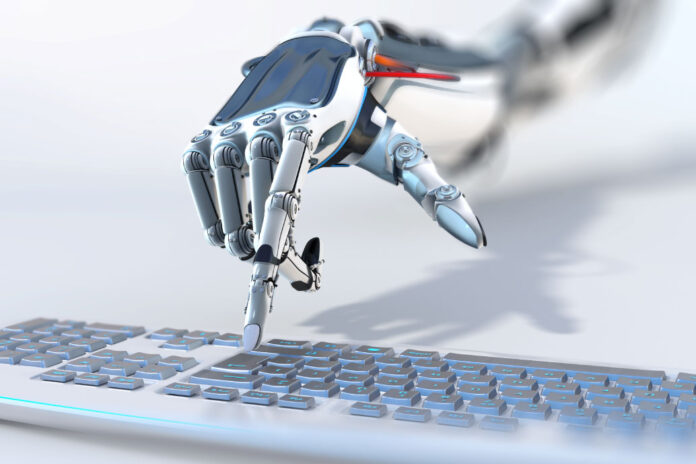The utilities industries, responsible for providing essential public services such as energy, gas, water, basic sanitation, telecommunications, public transport, systems of shipping and delivery and waste collection, they are at the epicentre of a technological revolution that promises to transform the way these services are delivered in Brazil. The integration of Operations Technology (OT) networks with Information Technology (IT) is a central theme in this context, driven by the need for greater control, cost optimization and operational efficiency
The interconnection between TO and TI allows for smarter asset management, optimising operational processes and promoting automation. Meanwhile, to implement this integration successfully, it requires specialized knowledge and robust technological infrastructure. Among the main challenges is cybersecurity, uma vez que essas empresas são alvos frequentes de hackers devido ao valor de seus dados e ao impacto que a interrupção de seus serviços pode causar à sociedade. A integração das redes TI/TO aumenta a superfície de ataque e exige medidas de segurança robustas, howfirewalls, intrusion detection systems, data encryption and constant monitoring
Artificial Intelligence (AI) emerges as a great ally in this scenario, 82% of industry executives recognizing its strategic importance, according to astudy. She enables the automation of monitoring processes, preventive analysis and maintenance. Through advanced algorithms, AI can predict failures, identify anomaly patterns and suggest solutions before bigger problems occur. Technologies such asInspeção visual, quality control and IoT (Internet of Things) are increasingly present in the sector, allowing proactive and efficient management
The utilities market in Brazil is increasingly focused on developing verticalized solutions, that replicate successful models already existing in other countries and, at the same time, explore new technologies and approaches. Innovative solutions in the field of visual inspection, quality control and predictive maintenance, driven by AI and IoT, they promise to optimize processes, reduce costs and increase operational efficiency. The implementation ofredes inteligentes, for example, has been one of the most promising initiatives, promoting a smarter and more efficient energy distribution
Digital transformation in Utilities is also driving significant changes in asset management and customer experience. With36%two executives emphasizing the importance of asset management to ensure reliable services, Brazilian companies are investing in solutions that combine IT and OT to optimize their operations and improve customer service
The digital transformation of the Utilities sector is not limited to technology. She involves a change of mindset, com as empresas procurando novas formas de interagir com os seus clientes, to optimize your internal processes and contribute to a more sustainable future. The adoption of ESG (Environmental, Social and Governance) is becoming increasingly important, com as empresas buscando reduzir seu impacto ambiental, promote social inclusion and adopt responsible governance practices. The accuracy of data and reports has become essential to measure the progress of these goals, avoiding practices ofgreenwashing(falsa imagem de responsabilidade social e ambiental) e promovendo a transparência nas ações sustentáveis
However, despite the advantages, the digital transformation in Utilities still faces significant challenges. Many companies report difficulties in accurately measuring the value of technology investments, besides organizational barriers, how the lack of consensus on priorities among the leadership. The security of cyber-physical systems is another point of concern, demanding advanced measures to prevent attacks and protect the integrity of essential services
The trend for the coming years is that utility companies will significantly increase their investments in AI and connectivity. Researchindicate that until 2027, 40% of energy and utilities companies will implement AI-driven operators in control rooms, reducing human error risks and optimizing operational efficiency. Still, this transition also requires a careful approach to mitigate vulnerabilities and ensure effective collaboration between humans and artificial intelligences
A integração das redes TI/TO, driven by AI and other disruptive technologies, é um caminho sem retorno para o setor de Utilities no Brasil. The organizations that know how to seize the strategic opportunities of this transformation will be better prepared to face the challenges of the future, offer high-quality services and contribute to the development of a more efficient country, sustainable and connected within an increasingly robust ecosystem


